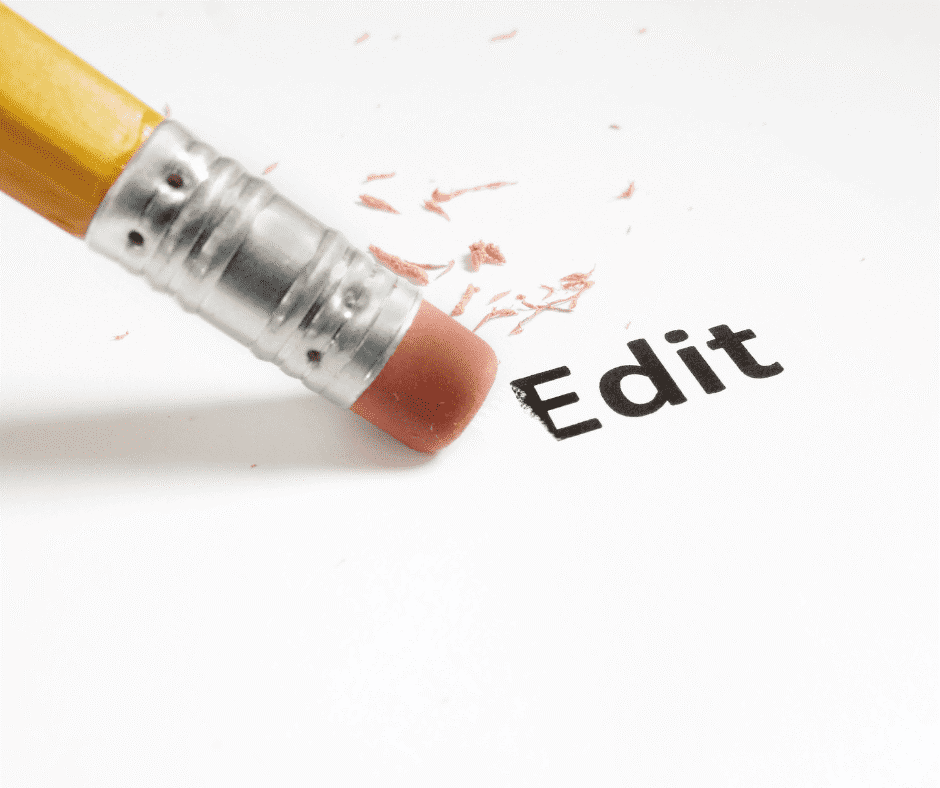We always recommend paying professional editors to edit your book, but before you hand your book to an editor—or submit it to Amazon publishing services—you should self-edit your novel. Self-editing in no way replaces a professional editor in self-publishing company, Manchester UK such as White Magic Studios, but it will result in a cleaner, better novel.
So here are eight self-editing steps to help you set your novel up for success.
1. Let the manuscript rest for a few days before re-reading it. This helps clear your mind and makes it easier to catch mistakes.
2. Rather than telling the reader how your characters feel, show that emotion with the characters’ actions. Write out dialogue instead of summarizing it.
However, telling instead of showing is also good for showing the passage of time, creating transitions, relaying some backstory, and balancing out “showing” passages.
3. Even accomplished authors can be too wordy. Identify and remove wordiness
4. Dialogue should sound natural; try reading your characters’ interactions out loud to hear how they sound. Remember that people often use contractions when speaking, and they rarely name drop. For the most part, people also don’t tell others things they already know; dialogue should not be used to add description or backstory in an unnatural way.However, when self-editing dialogue, don’t go for too realistic—no reader wants to slog through a bunch of “um”s and “like”s and any other crutch words people use in real life.
5. Use the right balance of dialogue tags, not too much nor too little. To add dimension to the dialogue, try switching out some of the basic “he said/she said” dialogue tags with creative dialogue tags, like “spat,” “screamed,” “grumbled,” “yelled,” and “whispered.”
Use action beats to show who is speaking instead of normal dialogue tags. Take this example, which uses a creative dialogue tag, an action beat, and then no further tags:
“I hate this song,” he grumbled.
“What? But I love it!” Claire reached to turn the music louder, grinning at her brother.
“Please, no.”
“Have you ever even listened to it all the way through?”
“I don’t need to.”
6. Read for Point of View. Staying in the point of view for one character in each scene is the best way to get into a character’s head and pull the reader in.
7. Fix Punctuation Issues
- Comma usage (especially comma splices)
- Parallel structure (even highly accomplished, experienced authors get the not only/but also structure wrong)
- Dangling and misplaced modifiers
- Hyphenating adverb-adjective pairs and noun phrases (and not just random words)
8. Listening out loud to your book while your word processor reads it to you is a sure way to catch lingering typos that you may miss when reading silently. So sit back, and listen to your book before sending the novel to the editors and book layout designers.
So, only after you are satisfied with self-editing, should you send it to self-publishers such as White Magic Studios for book-cover designing, illustrations, layouts, formatting, e-book creation, creating websites, publishing and also for editing. Then, send to Amazon Kindle self-publishing, UK for only publishing.

